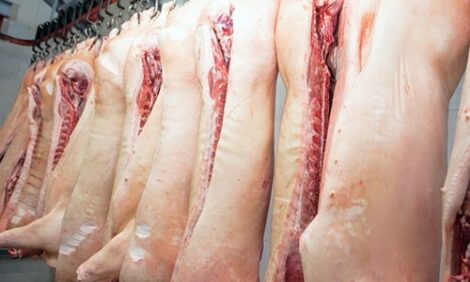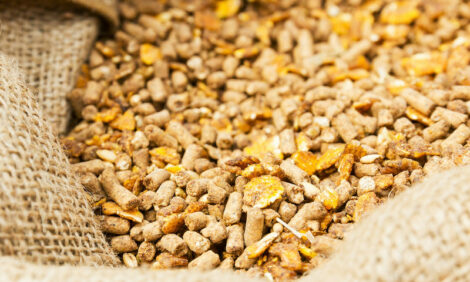



Unjustified Fear of Rendered Meat and Bone Meal in Swine Feeds Create Concern for Hog Producers
CANADA - Farm-Scape: Episode 1303. Farm-Scape is a Wonderworks Canada production and is distributed courtesy of Manitoba Pork Council and Sask Pork.  Farm-Scape is sponsored by
Manitoba Pork Council and Sask Pork  Play Audio Play AudioFarm-Scape is a Wonderworks Canada production and is distributed courtesy of Manitoba Pork Council and Sask Pork. |
Farm-Scape, Episode 1303
The Manager of Sask Pork says rendering remains the most cost effective and environmentally friendly way to dispose of dead animals and offals from packing plants.
Since the discovery of one Alberta cow infected with BSE, the use of rendered meat and bone meal products in animal feeds has emerged as a key issue.
Rendered meat and bone meal is used by various segments of the pet food and poultry industries and a little bit in the hog industry.
Sask Pork Manager Neil Ketilson says, in the past, rendering has provided a good disposal system that protects the environment at very little cost to the producer.
"Meat and bone meal, the rendered product, is a product that is scientifically sound, regulated through CFIA in terms of being safe to use and any issues related to BSE are not transferred to hogs in any event.
In the past, prior to the BSE incident, the renderers could sell their products at a profit and the cost to the producers for the pickup of deads as well as for the packing plants to get rid of the offal was really at zero cost to them.
That has switched now and the cost will be put back to the packing plants, to the producers.
That's a real concern for us because we are told that it will be about five cents per pound for the removal and rendering of these products".
Ketilson points out, even though rendered meat and bone meal in feed is not considered a health or safety concern in swine, hog producers in Western Canada have moved away from its use and there is very little of it used in the region at all.








